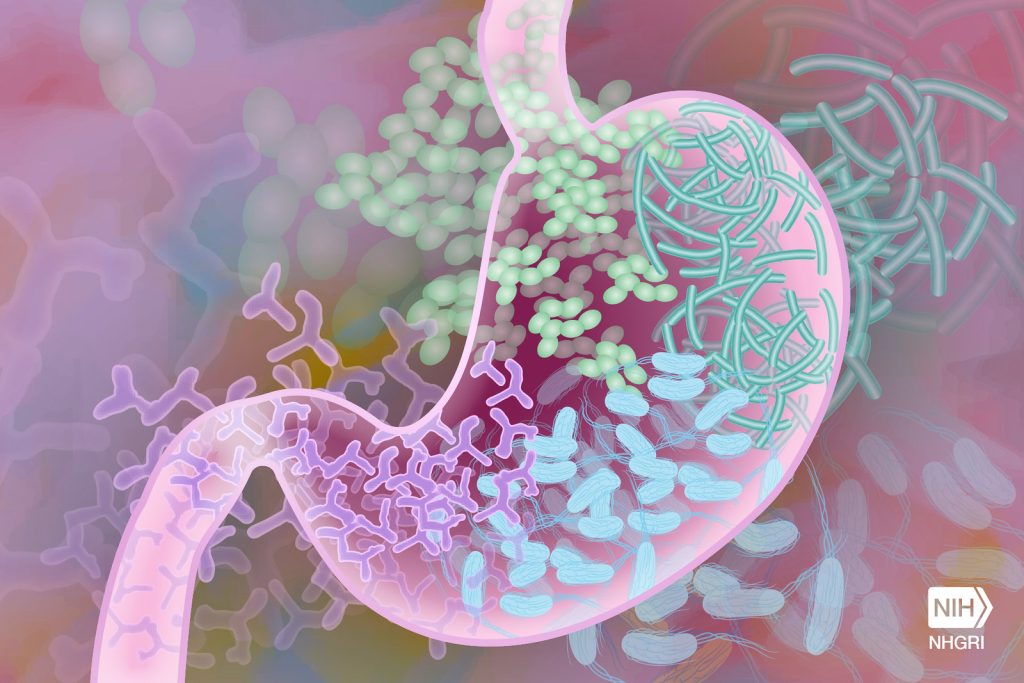Probing an Outdated Diabetes Drug’s Insulin Resistance Lowering Abilities

Thiazolidinediones (TZDs) are a class of drug that can be used to treat type 2 diabetes by reversing insulin resistance, one of the main hallmarks of the disease. While TZDs were extremely popular in the 1990s and early 2000s, they have fallen out of use among physicians in recent decades because unwanted side effects emerged, including weight gain and excess fluid accumulation in body tissues.
Now, researchers at University of California San Diego School of Medicine are exploring how to isolate the positive effects of these drugs, which could help yield new treatments that don’t come with the old side effects.
In a new study published in Nature Metabolism, the researchers discovered how one of the most well-known TZD drugs works at the molecular level and were able to replicate its positive effects in mice without giving them the drug itself.
“For decades, TZDs have been the only drugs we have that can reverse insulin resistance, but we seldom use them anymore because of their side effects profile,” said Jerrold Olefsky, MD, a professor of medicine and assistant vice chancellor for integrative research at UC San Diego Health Sciences.
“Impaired insulin sensitivity is the root cause of type 2 diabetes, so any treatment we can develop to safely restore this would be a major step forward for patients.”
The main driver of insulin resistance in type 2 diabetes is obesity. Obesity-related inflammation causes macrophages to accumulate in adipose tissue, where they can comprise up to 40% of the total number of cells in the tissue.
When adipose tissue is inflamed, these macrophages release tiny nanoparticles containing instructions for surrounding cells in the form of microRNAs. These microRNA-containing capsules, called exosomes, are released into the circulation and can travel through the bloodstream to be absorbed by other tissues, such as the liver and muscles. This can then lead to the varied metabolic changes associated with obesity, including insulin resistance.
To understand how TZD drugs, which restore insulin resistance, affect this exosome system, the researchers treated a group of obese mice with the TZD drug rosiglitazone. Those mice became more sensitive to insulin, but they also gained weight and retained excess fluid, known side effects of rosiglitazone.
However, by isolating exosomes from the adipose tissue macrophages of the mice who had received the drug and injecting them into another group of obese mice that had not received it, the researchers were able to deliver the positive effects of rosiglitazone without transferring the negative effects.
“The exosomes were just as effective in reversing insulin resistance as the drug itself but without the same side effects,” said Olefsky.
“This indicates that exosomes can ultimately link obesity-related inflammation and insulin resistance to diabetes. It also tells us that we may be able to leverage this system to boost insulin sensitivity.”
The researchers were also able to identify the specific microRNA within the exosomes that was responsible for the beneficial metabolic effects of rosiglitazone. This molecule, called miR-690, could eventually be leveraged into new therapies for type 2 diabetes.
“It’s likely not practical to develop exosomes themselves as a treatment because it would be difficult to produce and administer them, but learning what drives the beneficial effects of exosomes at the molecular level makes it possible to develop drugs that can mimic these effects,” said Olefsky. “There’s also plenty of precedent for using microRNAs themselves as drugs, so that’s the possibility we’re most excited about exploring for miR-690 going forward.”





